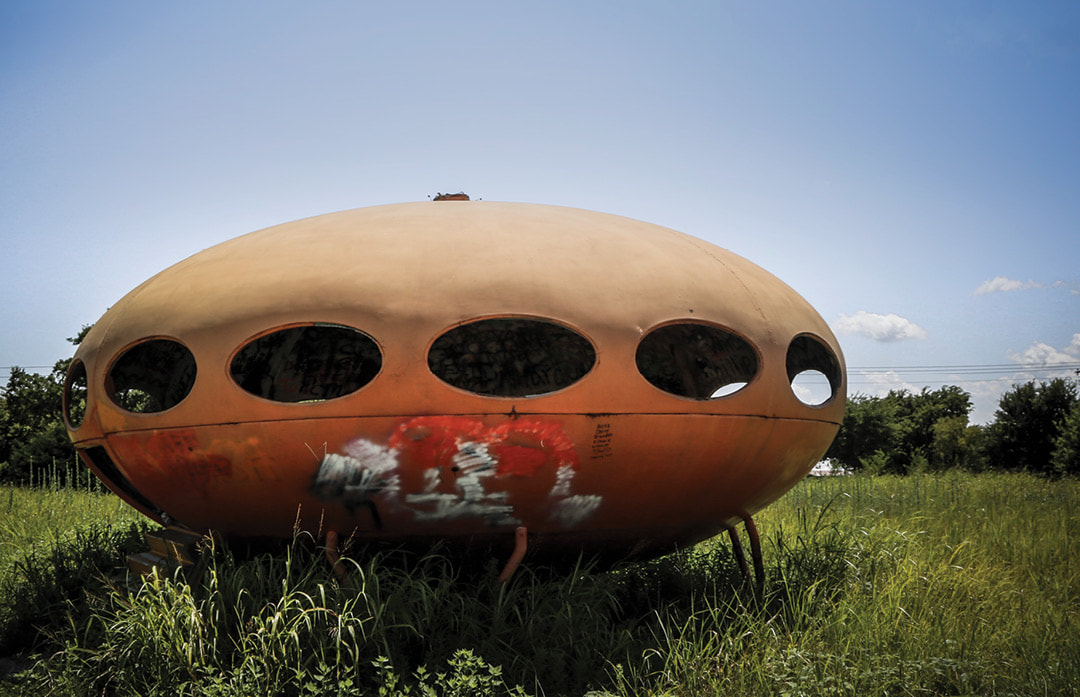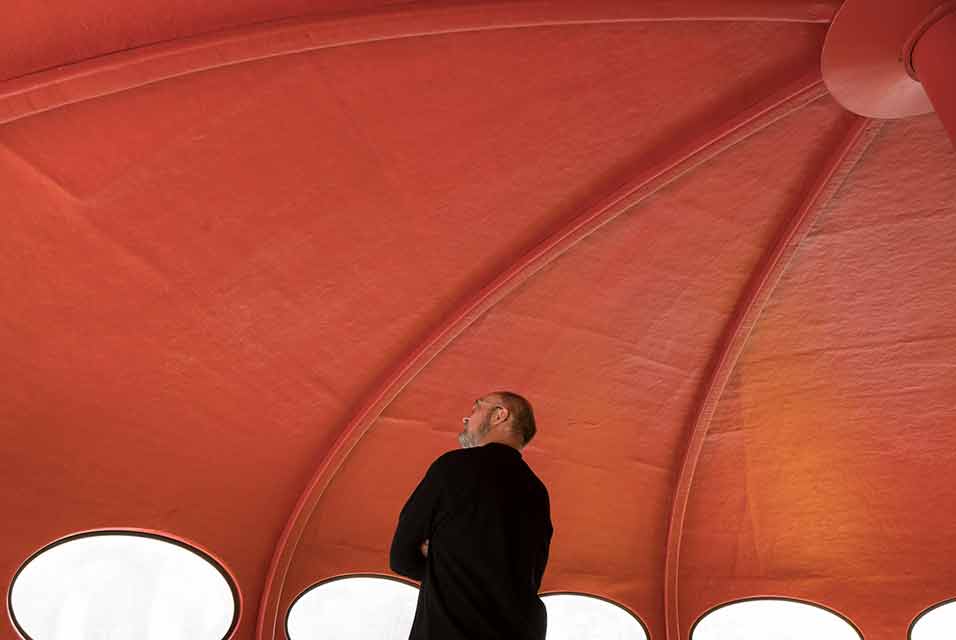In the space age, women were wearing stylish mini dresses and high boots; men flew to the moon; David Bowie’s Major Tom got lost in space; buildings were futuristic; furniture was made of plastic and metal; and Finnish architect Matti Suuronend created his super influential Futuro House. Now, this plastic, ellipsis-shaped modular house celebrates its 50th anniversary. While there are approximately 100 replicas of this space-age house, the original, Futuro #001 is owned by the City of Espoo in Finland, and in celebrating its 50th, it is put on display at the Exhibition Centre WeeGee in Espoo. What had made this prefabricated house, designed as a ski cabin, an architectural icon which represented its zeitgeist and, while had never accepted with love, had come to capture the imagination of architects and designers across the globe? The material, fiberglass-reinforced polyester plastic, the technology that made it easy to replicate; the unique space-age universal form, which made it perfect for anywhere in the world, simply because it did not reflect any place, but the space itself; made of 16 parts, Futuro could be easily transported anywhere. But ultimately, it was provocative and received with hostile: it was banned from many municipalities by zoning regulations, banks were reluctant to finance it, but today, it stands in many public places as a testimony to the glorious Space Age, where vision, imagination, and style were inspired by the race to the moon. If you want to learn more, I highly suggest the documentary Futuro: A New Stance for Tomorrow, produced in 1998, just when it was rediscovered.




